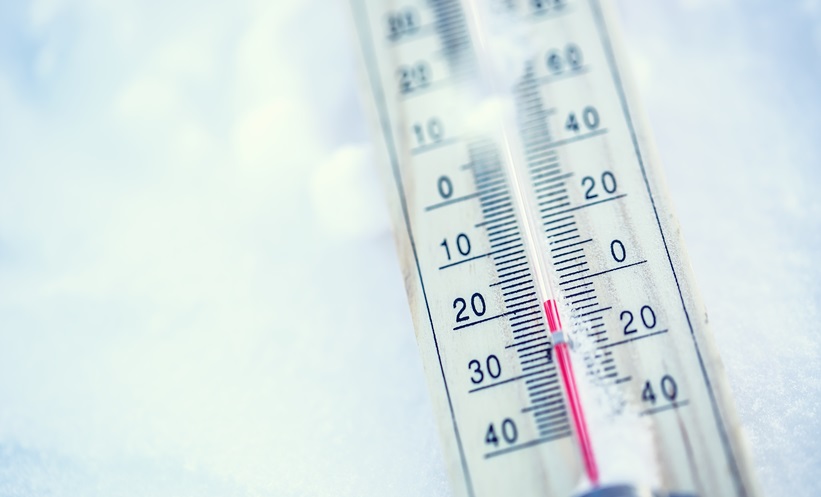EXTREME temperatures significantly increase morbidity and mortality risks for patients with chronic obstructive pulmonary disease (COPD), with vulnerable populations facing greater health threats during heatwaves and cold spells.
A systematic review analysed data from 25 observational studies published between 2000–2024 to assess the impact of extreme temperatures on COPD outcomes. Researchers searched multiple databases, including PubMed, MEDLINE, EMBASE, Web of Science, and Scopus, to identify studies that quantitatively defined the relationship between temperature extremes and COPD-related health risks. Extracted data included study characteristics, effect estimates, and confounding factors, with assessments of bias to ensure validity.
The findings revealed that extreme heat increased the relative risk (RR) of COPD morbidity and mortality by 1.16 times (95% CI: 1.08–1.26; P< 0.05), while extreme cold heightened the risk by 1.32 times (95% CI: 1.20–1.46). Mortality specifically rose by 1.19-fold (95% CI: 1.09–1.30) in extreme heat, while extreme cold was linked to both increased morbidity (1.47-fold, 95% CI: 1.26–1.71) and mortality (1.23-fold, 95% CI: 1.10–1.38). Women faced a higher risk from extreme heat compared to men, and older adults were vulnerable to both temperature extremes. Regional differences were also observed, with Asian populations particularly sensitive to both heat and cold, while European populations were primarily affected by cold exposure.
Given the significant impact of extreme temperatures on patients with COPD, clinicians must implement proactive interventions, including early warning systems and tailored treatment strategies. Region-specific public health measures and climate-adaptive healthcare policies are crucial to reducing excess morbidity and mortality.
Ada Enesco, EMJ
Reference
Tran HM et al. Extreme temperature increases the risk of COPD morbimortality: a systematic review and meta-analysis. Sci Total Environ. 2025;958:178087.







